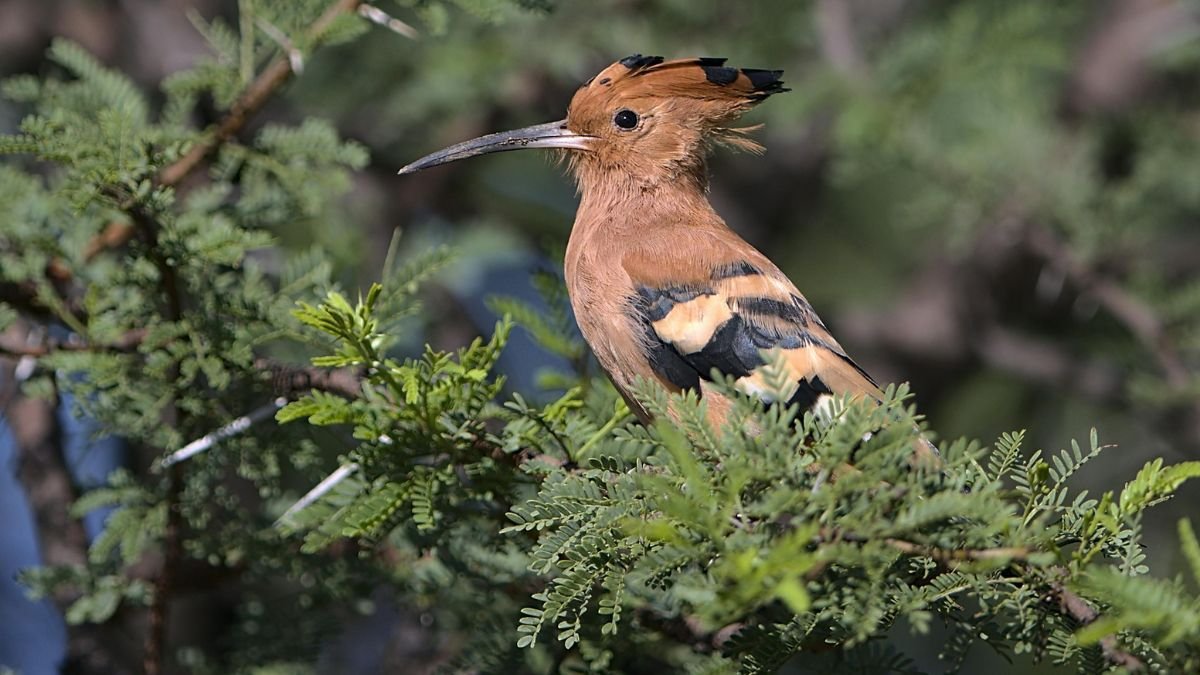Managing bird populations is an important part of keeping your property clean and comfortable for everyone. Every year brings new challenges with flocks nesting, feeding, and sometimes becoming a nuisance in urban and rural spaces. Understanding when to start addressing these changes can help you get better results.
The most strategic time to begin managing bird populations each year is before the breeding season begins, to stop overpopulation before it starts. You will also want to use safe methods of pigeon overpopulation control to avoid harming other birds or the environment. This approach includes safe solutions that help control bird numbers in a responsible way.
Early Spring, before bird migration begins
Starting to manage bird populations in early spring can help you prepare for the changes that come with migration. Many birds have not yet arrived or are just beginning to appear, so you have time to assess habitats and make adjustments.
You can check nesting areas, clean birdhouses, and remove debris from key spots. This helps make the environment safer for arriving birds.
It’s a good opportunity to repair or put up new structures, such as feeders or shelters. These tasks are easier to do when there are fewer birds around.
Early spring also makes it simple to watch for changes in plants or insects that birds rely on. By starting now, you have a better chance of supporting healthy bird conditions through the rest of the year.
Late Fall, after the breeding season ends
Late fall is a smart choice to start managing bird populations. By this time, most birds have finished nesting and raising their young. This makes it easier to observe how many adults are present without the distraction of new chicks.
With breeding over, birds often begin to gather in flocks or move to new areas. You can watch group behaviors and spot changes in their locations. Birds are usually less shy at this point, giving you more chances to count and record them accurately.
Managing in late fall also means you avoid disturbing nests or harming eggs and chicks. This protects young birds and keeps populations stable. Habitat changes, such as removing old nests or adjusting feeders, can be made without affecting the new generation.
Late fall is also when you may spot migrant species passing through. This gives you a fuller picture of which birds use your area at different times of year. Regular checks now help set clear goals for the next breeding season.
Mid-Winter, to prepare habitats for spring
Mid-winter is a useful time to start getting habitats ready for birds. The weather is usually stable, and birds are less active. This makes it easier to work without disturbing nests.
You can clear old brush, fallen branches, or dead plant material during this period. Adding new nesting boxes or repairing old ones is helpful before birds return to breed.
Check water sources and refill them if needed. You may also plant seeds or add native plants that will bloom when spring arrives.
By acting in mid-winter, you give birds a safer and healthier place to come back to as temperatures rise. Small steps now can support the population and make the area more inviting for migrating species.
Monitoring and making small adjustments in mid-winter helps you spot any issues early. This can prevent problems that would be harder to fix later in spring.
During the Molt Period, when birds are less active
When birds molt, they shed old feathers and grow new ones. This is a normal part of their life cycle and happens once or twice a year for most species. Molting can last from a few weeks to a couple of months, depending on the type of bird.
During molt, birds usually become less active and may hide more often. They might not sing as much or may stop singing all. Some birds may also stop laying eggs for a while.
It is harder for birds to fly well or escape predators during this period, as their new feathers are still growing in. This decrease in activity can make molting birds easier to observe or count.
If you are managing bird populations, the molt period may be a good time to monitor them, since they are more likely to stay in one place and are less mobile. This can help you get a clearer idea of numbers without disturbing the birds too much.
Pre-Breeding Season, to improve nesting success
Starting your bird management before breeding season allows birds to find safe spaces to nest. During this period, you can clear old nests, repair birdhouses, and set up new shelters. These simple steps help birds get ready for laying eggs as soon as spring starts.
Early action gives birds a better chance to claim nesting sites. It also gives you time to watch for problems like predators or damaged habitats before eggs are laid. If you act too late, birds may struggle to find what they need.
Pay attention to local nesting patterns as they can vary. Some birds pair up and start building nests much earlier than others. Taking time to prepare just before this starts can make a big difference for bird populations in your area.
Conclusion
You should start managing bird populations just before their breeding and nesting seasons. Watching for signs like increasing bird activity or changes in day length will help you begin at the right time.
By using early management, you give birds the best chance for stable numbers during the year. Regular checks and small changes can make a big difference for local bird life.
Remember to track changes and be flexible, since each year can bring different challenges.













